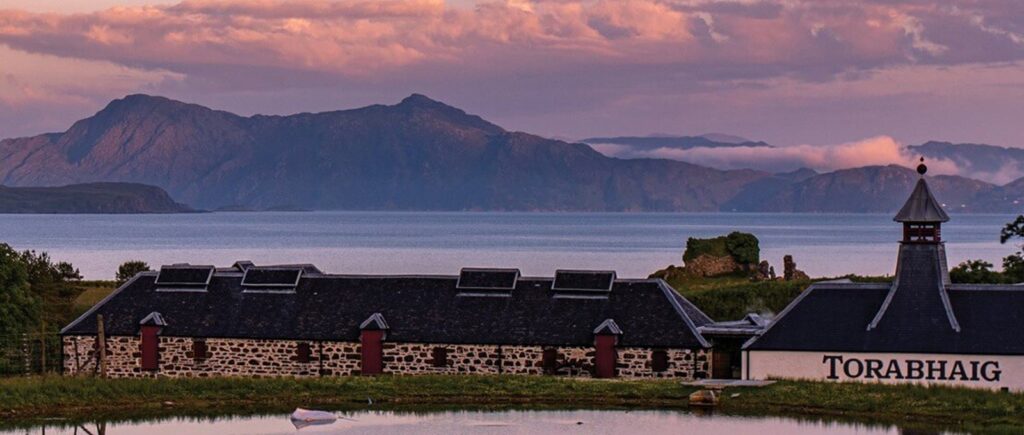
Torabhaig is a relatively recent addition to the whisky scene on the Isle of Skye, following the trend of traditional farm steading conversions into distilleries. The distillery is designed to produce a classic island-style malt whisky, characterized by a medium weight and medium peatiness. It features long fermentation in wooden washbacks, allowing for plenty of […]
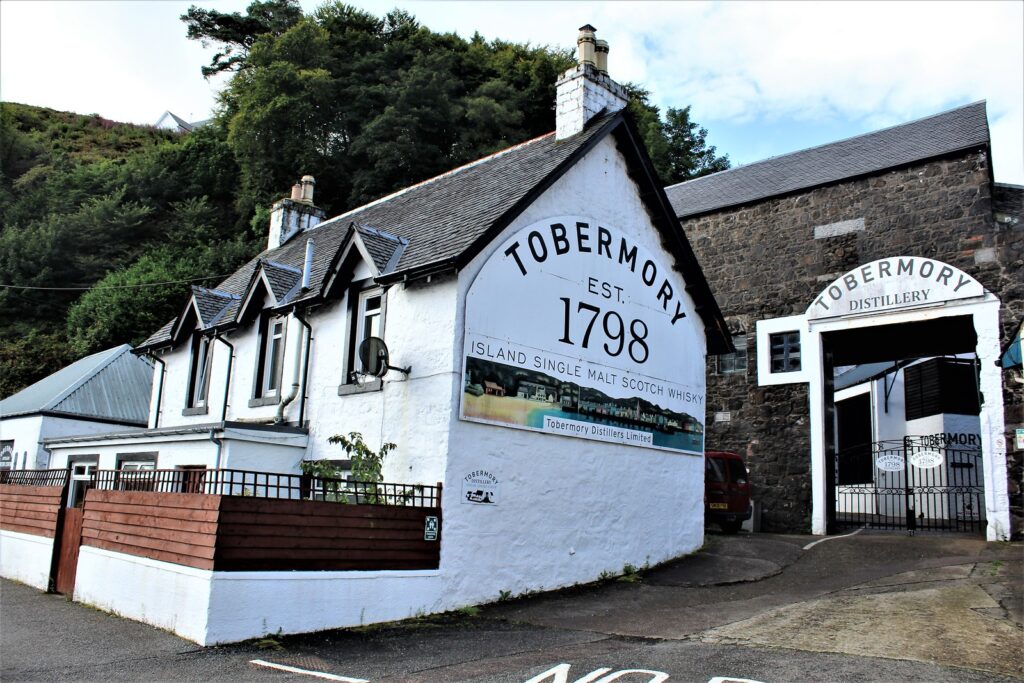
Ledaig, originally likely a peated malt, has gone through various phases in its history. In more recent times, both peated and unpeated whiskies have been made at the Tobermory distillery, with the name Ledaig now exclusively used for the heavily-peated variant. The distillery currently produces equal amounts of both peated and unpeated whisky, offering a […]
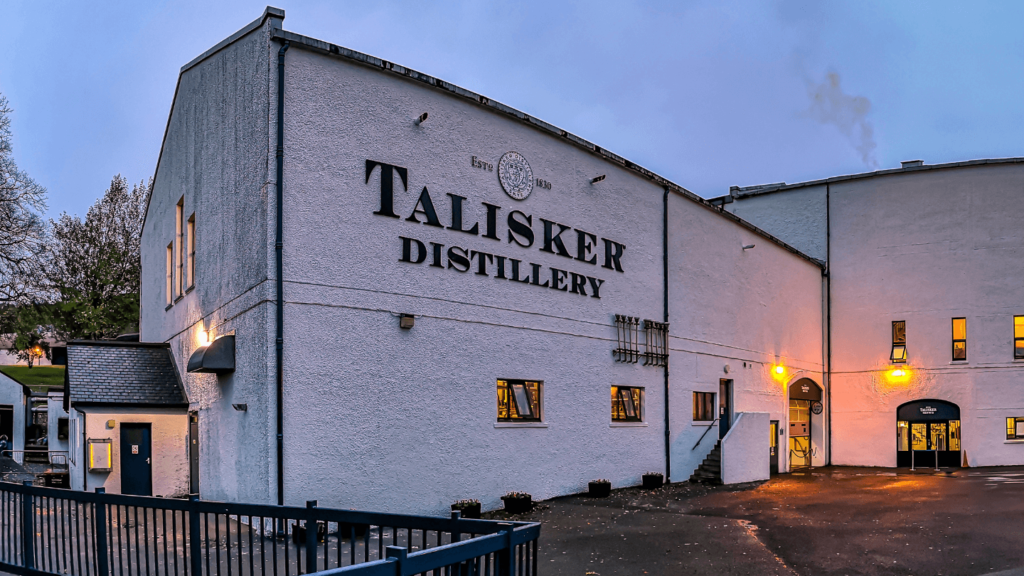
Talisker distillery has maintained its five-still setup and continues to produce its distinct new make, characterized by a blend of smoke, fruit, sulphur, salt, and pepper. The malt is medium-peated, with clear worts and a long fermentation process. Distillation, however, sets Talisker apart from many other distilleries. The wash stills at Talisker are tall with […]
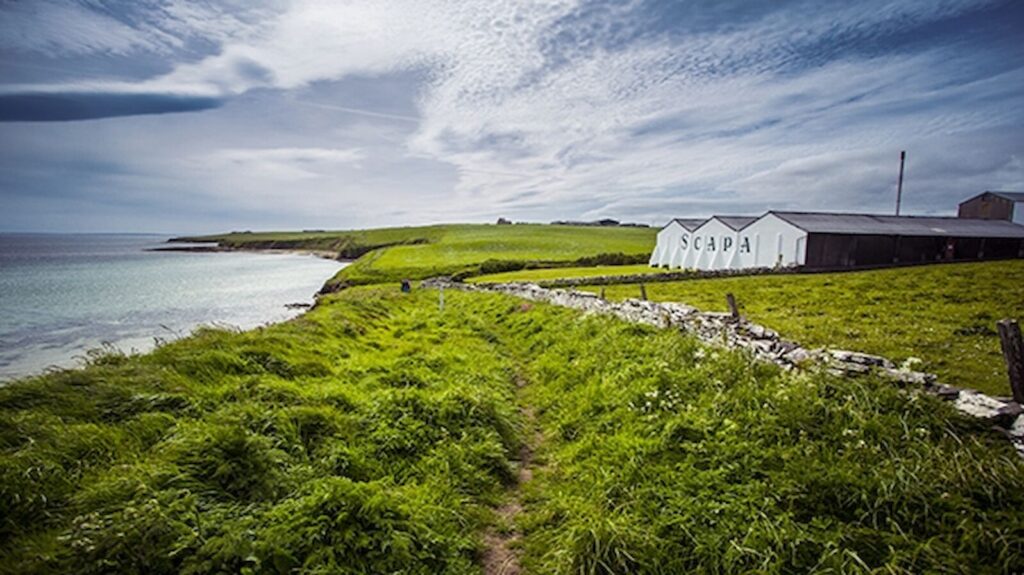
Scapa distillery, once known for having the longest fermentation time in the industry at 120 hours, has since reduced this to up to 70 hours with the introduction of a seven-day distilling week. Despite this change, the fruitiness of Scapa’s wash remains a defining characteristic, enhanced by the distillation process in a Lomond-style still. These […]
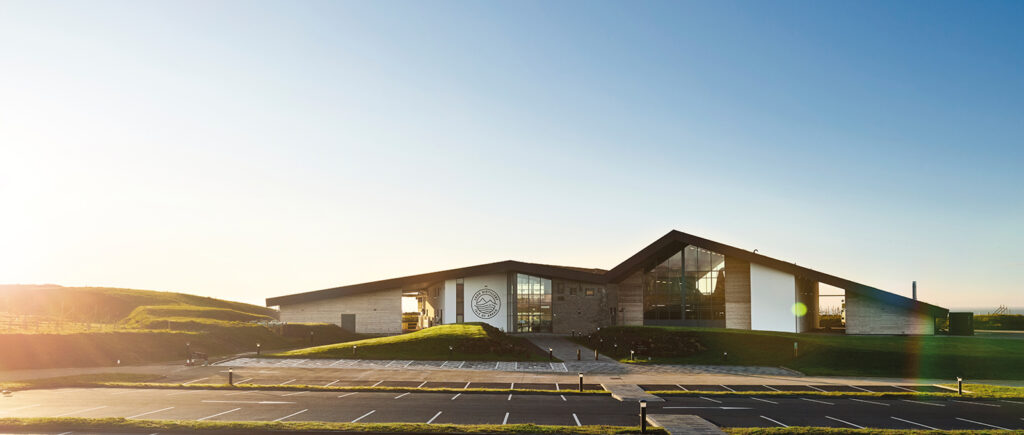
Arran’s classic whisky style is unpeated, but the distillery at Lochranza distills a small amount of peated malt each year for its Machrie Moor expression. However, with the opening of Lagg distillery on the southern side of the island, all production of peated whisky will be transferred to this new facility. Lagg will specialize in […]
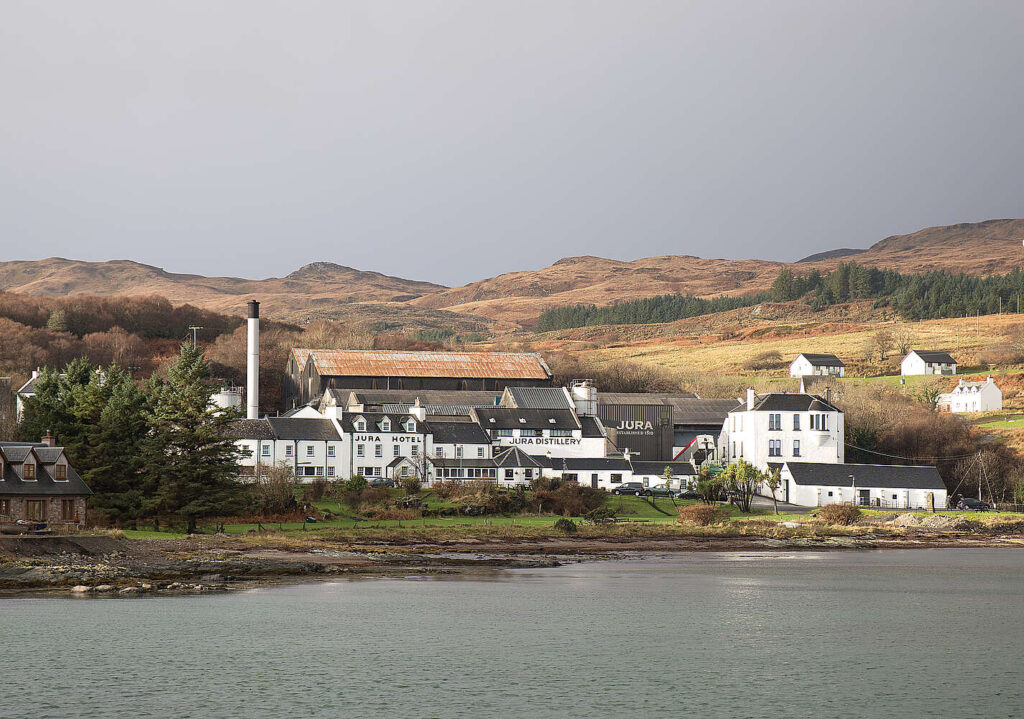
Jura distillery, built in the classic 1960s style, features large rooms and a smooth flow from a semi-lauter tun, stainless steel washbacks, and a spacious stillhouse with very tall (7.7m) stills that have a combined capacity of over 20,000 liters. It was clearly not designed just for local consumption. The distillery’s relatively short fermentation process […]
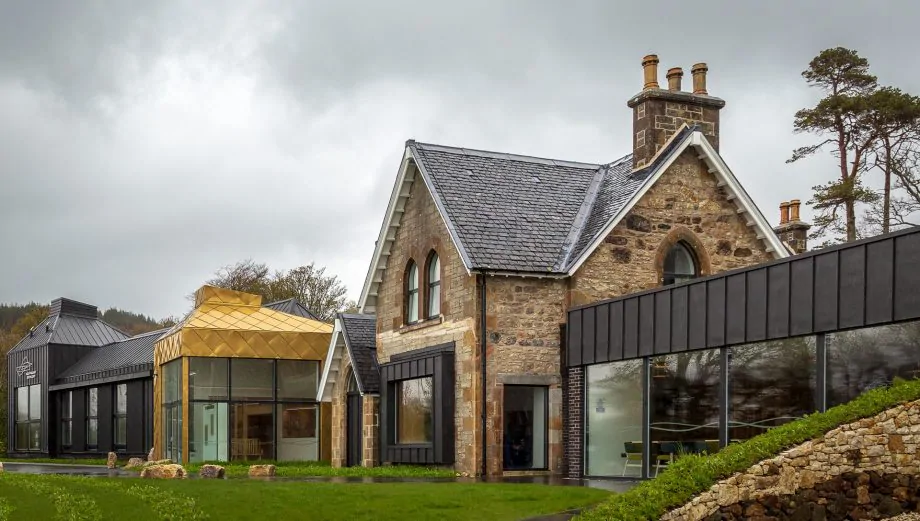
The style of whisky at Isle of Raasay has been shaped by founder Alasdair Day, who emphasized long fermentation and extensive copper contact. This includes a cooling jacket on the wash still’s lyne arm and an inclined lyne arm on the spirit still, resulting in a clean, fruity character with a hint of smoke from […]

The Isle of Harris distillery, known as the “social distillery,” is deeply rooted in its local community, supporting the island’s residents in various ways. Cows on Harris are fed distillery draff for free, local schoolchildren gain work experience during summer, and the distillery showcases local artists’ works and hosts events such as book readings in […]
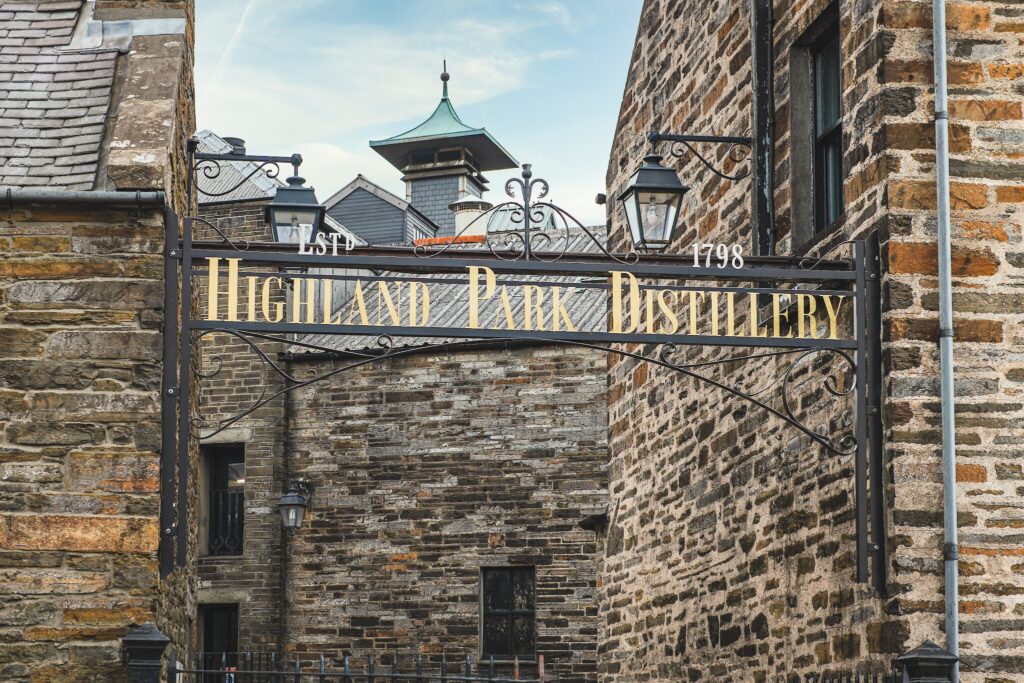
Peat, formed from semi-decomposed vegetation over thousands of years, varies across Scotland due to ancient climatic differences. When dried and burned, it releases phenols that create distinct smoky aromas depending on its composition. Mainland peat, rich in lignin from trees, produces a smokier profile. Islay peat, containing more marine vegetation, imparts tar-like creosol notes, while […]
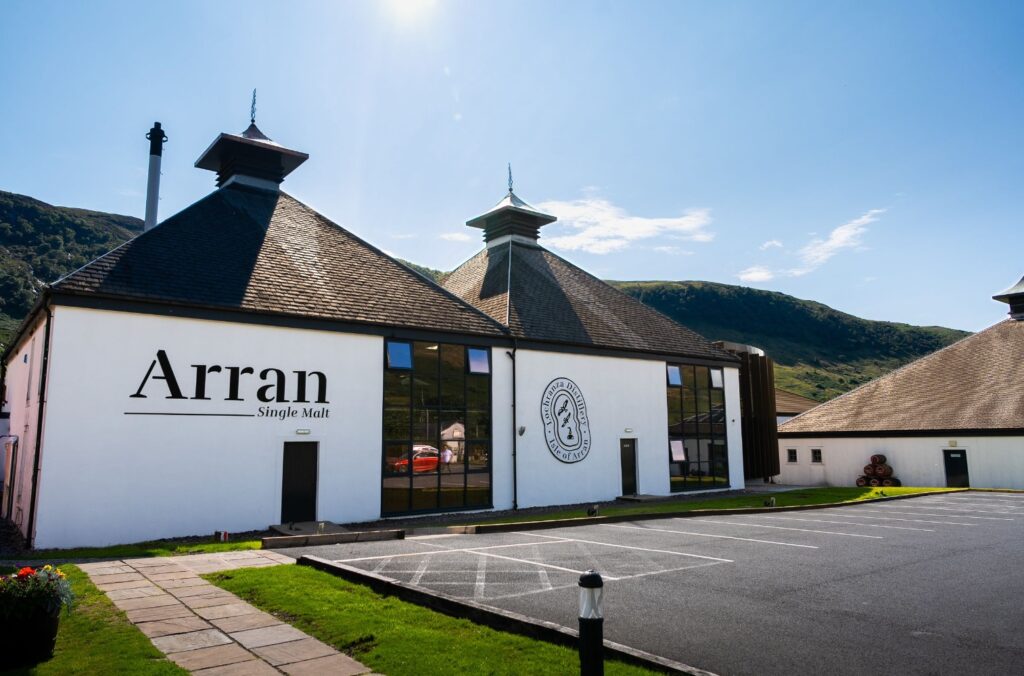
Arran, despite being an island whisky, began as a non-smoky “Highland-style” malt rather than a peated one. The distillery’s layout reflects its modern origins, with an efficient single-tier design housing a small semi-lauter mash tun, wooden washbacks, and two pairs of compact stills. Arran’s whisky profile is light and citrus-forward, with a touch of cereal-like […]










